In 1961, a landmark event in the world of automobiles took place at Frankfurt Motor Show, when the BMW unveiled a model that would not only change the direction of the brand, but also set a new standard for mid-size sports vehicles. This model was the BMW 1500, which celebrated its world premiere, enchanting visitors and journalists who gathered around the brand's stand.
A BMW, until then, had been struggling financially since the 1950s, but the launch of the 1500 represented more than just a model – it was the gateway to a new phase of growth and success. In this article, we will explore in detail the historical impact of the BMW 1500, its innovative features and how it helped establish BMW as a prominent name in the automotive industry.
The Wait at the Frankfurt Motor Show: The Launch that Surprised Everyone
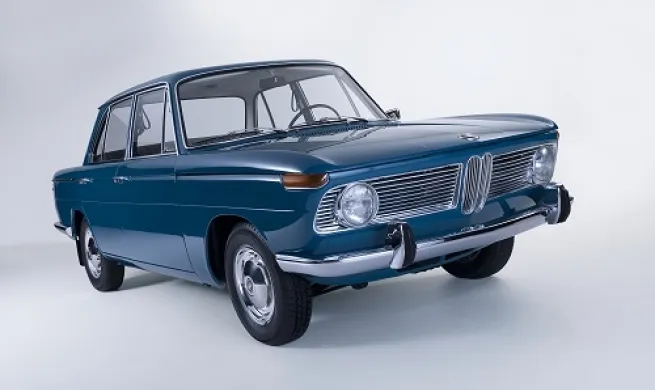
At the 1961 Frankfurt Motor Show, the wait to see the new BMW model was not short. Visitors had to wait for about half an hour to be able to see up close the BMW 1500, a model that, until that moment, was a well-kept secret. The tension and expectation were palpable, and it was no wonder: the new sedan four doors was about to introduce to the world a new concept of mid-size sports car, something that BMW had not produced since the 1930s, when the brand was consolidated in the more luxurious vehicle segment.
The BMW stand stood out from the rest, not only for its novelty, but also for the innovative and functional design of the 1500, which would soon become an icon. The model's world premiere was an immediate success, with journalists highlighting the attention it attracted. New Class (or New Class, as it was called internally) attracted the public.
A New Class in the Market
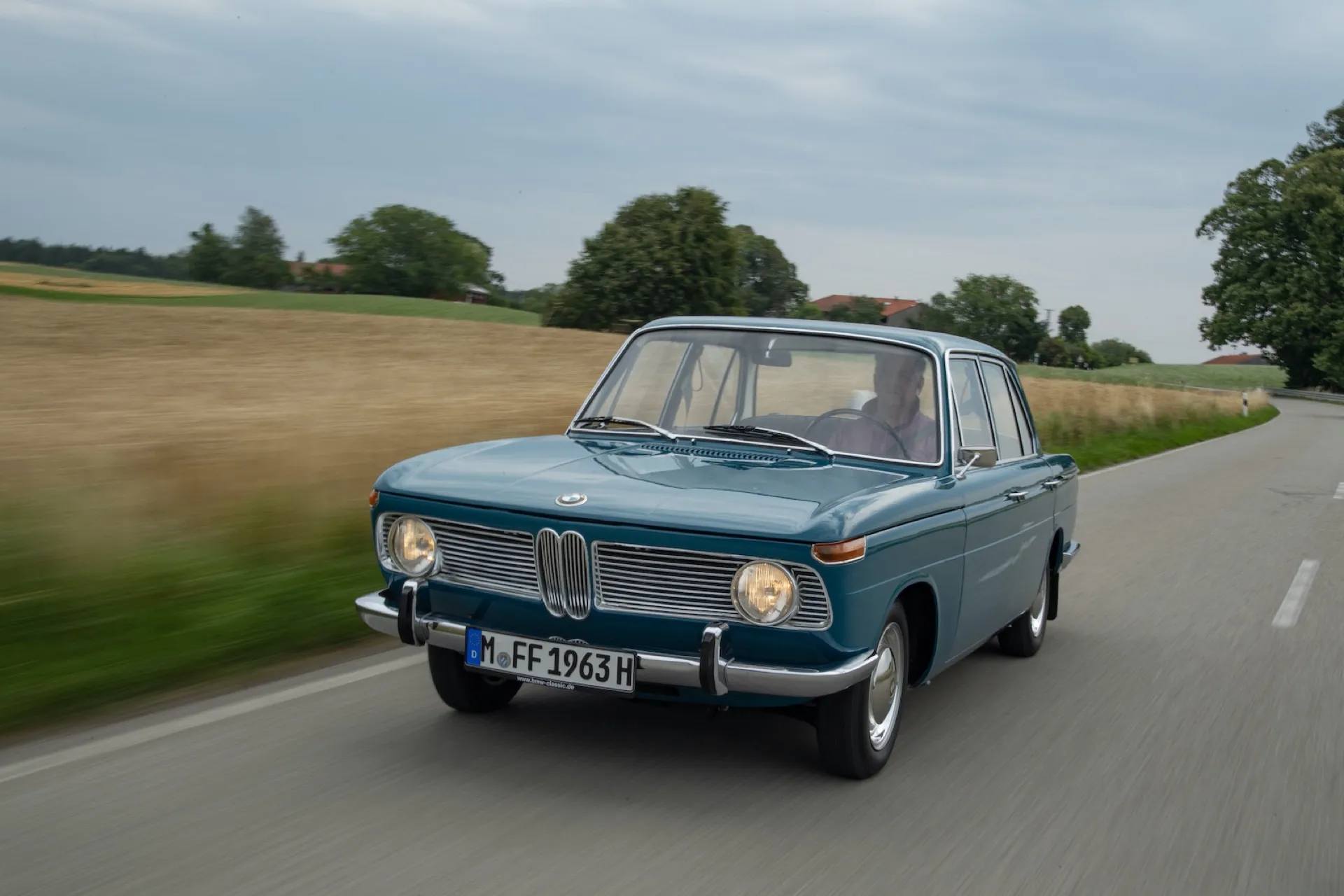
The name New Class was not just a title – it represented a new era for BMW. The brand was finally returning to the segment medium vehicles, a niche that had been abandoned after World War II. The lack of options in a range of 1.5 to 2 liters caused the market to lack mid-size sedans that were sporty, functional and affordable. O BMW 1500 filled this gap masterfully, combining cutting edge technology, sports performance It is bold design.
From the 1950s onwards, the BMW went through an intense financial crisis. The brand had invested in small models, like the BMW Isetta, BMW 600 It is BMW 700, but its true recovery would come with the creation of a model that would meet a growing demand in the mid-size car market. The BMW 1500 represented the union of brand tradition with the need for innovation in the sector.
BMW 1500 Features: Functionality, Style and Performance
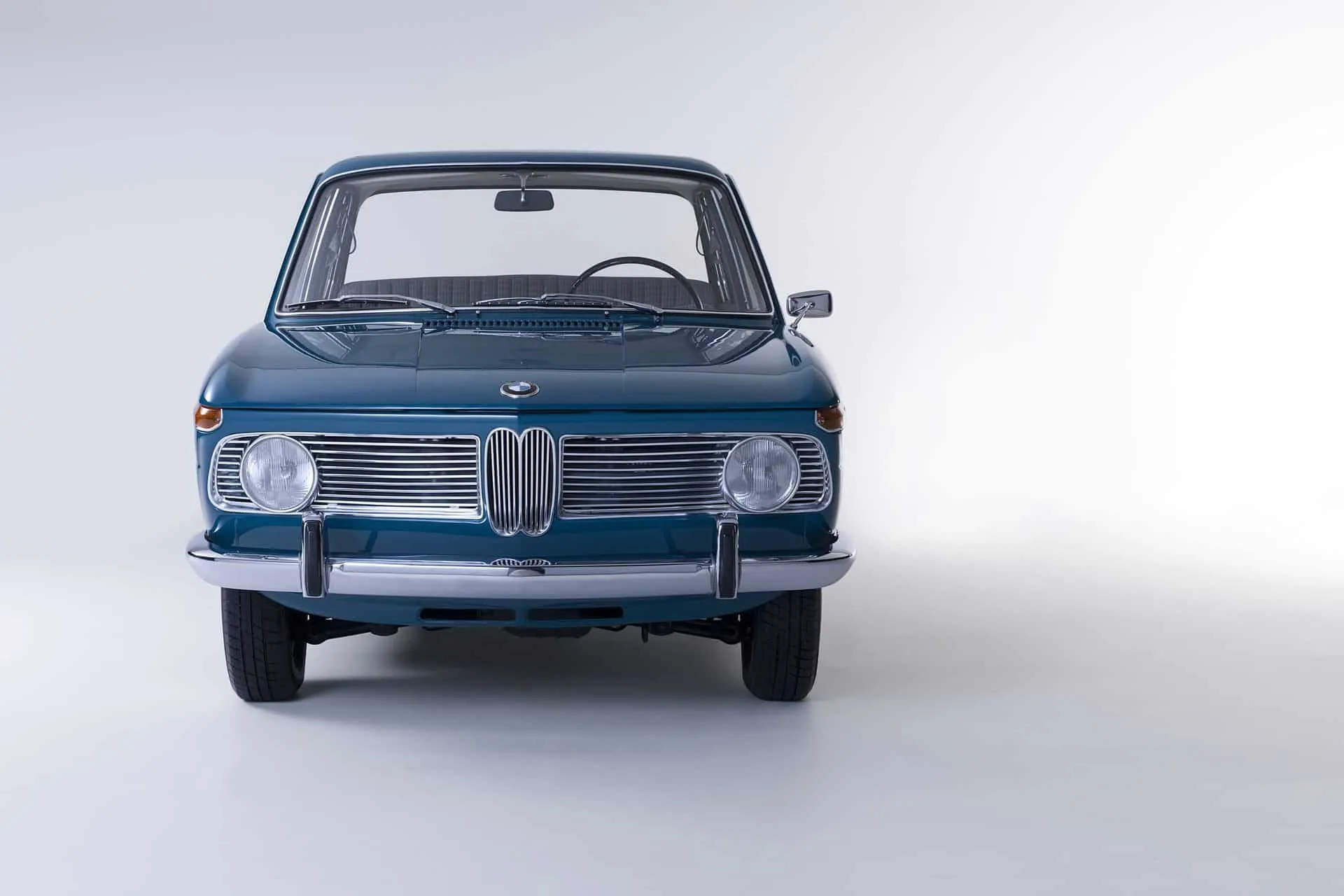
The design of the BMW 1500 was designed to reflect not only the practical needs of the consumer of the time, but also to capture the sporting essence that would characterize BMW models. Wilhelm Hofmeister, the brand's head of design, was responsible for creating the model's elegant and functional lines, with the help of the Italian designer Giovanni Michelotti.
O BMW 1500 had fluid lines, with strong creases on the side, giving an impression of sportiness. The front design was inspired by Italian models of the time, but with an exclusive BMW touch, highlighting the double kidney grille and the circular headlights, elements that would become trademark of the brand in the following years.
Inside, the finish was simple and practical. The instrument panel displayed only the necessary gauges, such as the speedometer and temperature gauge, to ensure the driver had a comfortable experience. direct and performance-focused. The two-spoke steering wheel and the short gear lever on the floor completed the model's sporty and functional look.
Sports Mechanics and Performance: The “Pure Pleasure of Driving”
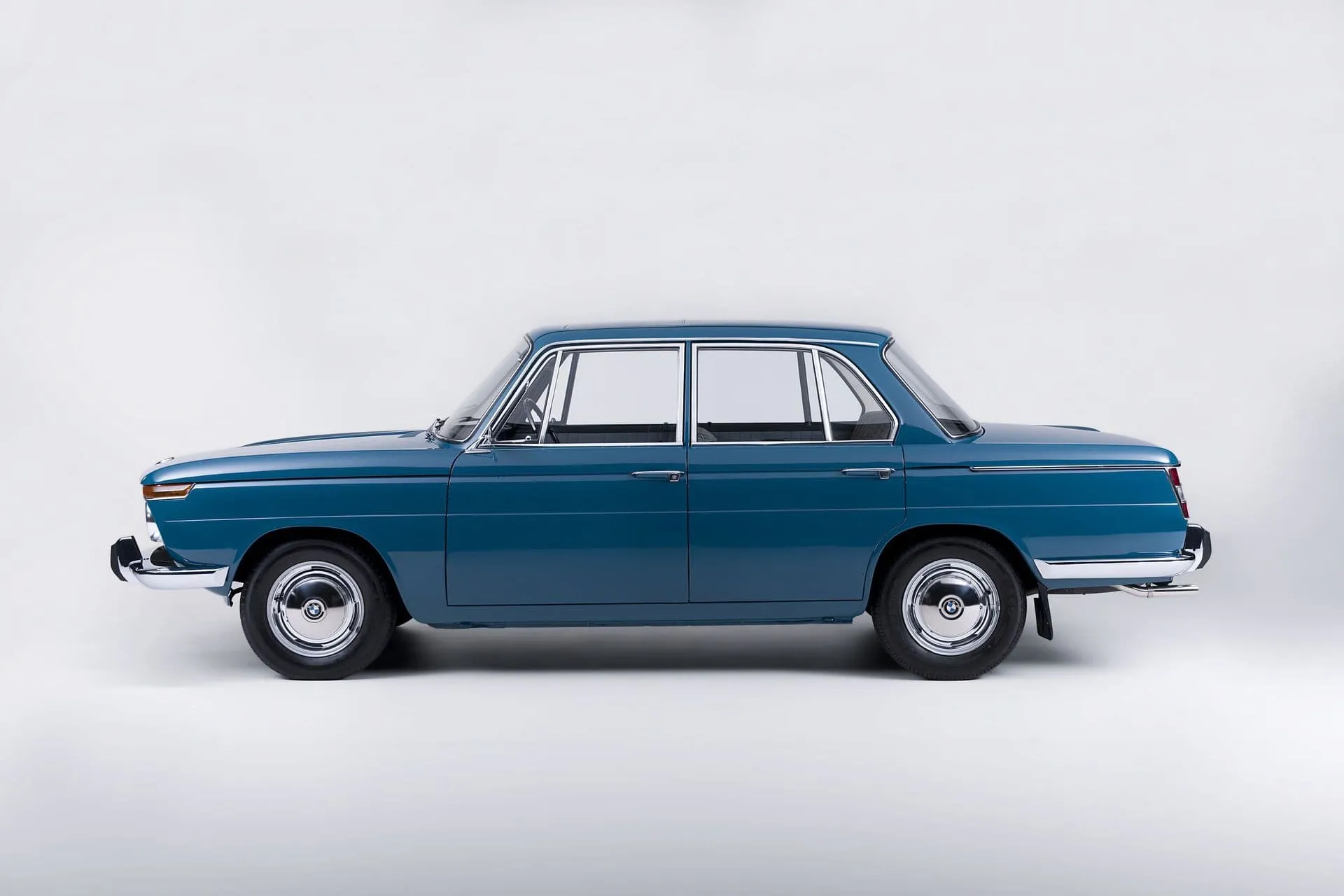
The mechanics of BMW 1500 was one of its biggest attractions. With a 4 cylinders in line and 1.5 liters, the model delivered 75 hp at 5,500 rpm, which was enough to ensure impressive performance for a mid-sized car. The torque of 12 m.kgf from 1,400 rpm and the front suspension of the type McPherson guaranteed to the BMW 1500 agile and precise handling, offering drivers what would become the famous “Pure Driving Pleasure”, a concept that BMW would cultivate strongly in the following years.
The model was agile, comfortable and offered superior performance compared to its rivals at the time. This engine would be the starting point for a series of models that followed, with BMW 1600, BMW 1800 and BMW 2000, all sharing the 4-cylinder engine and expanding the brand's range of sporty midsize sedans.
The Heritage of the BMW 1500 and its Contribution to the Brand
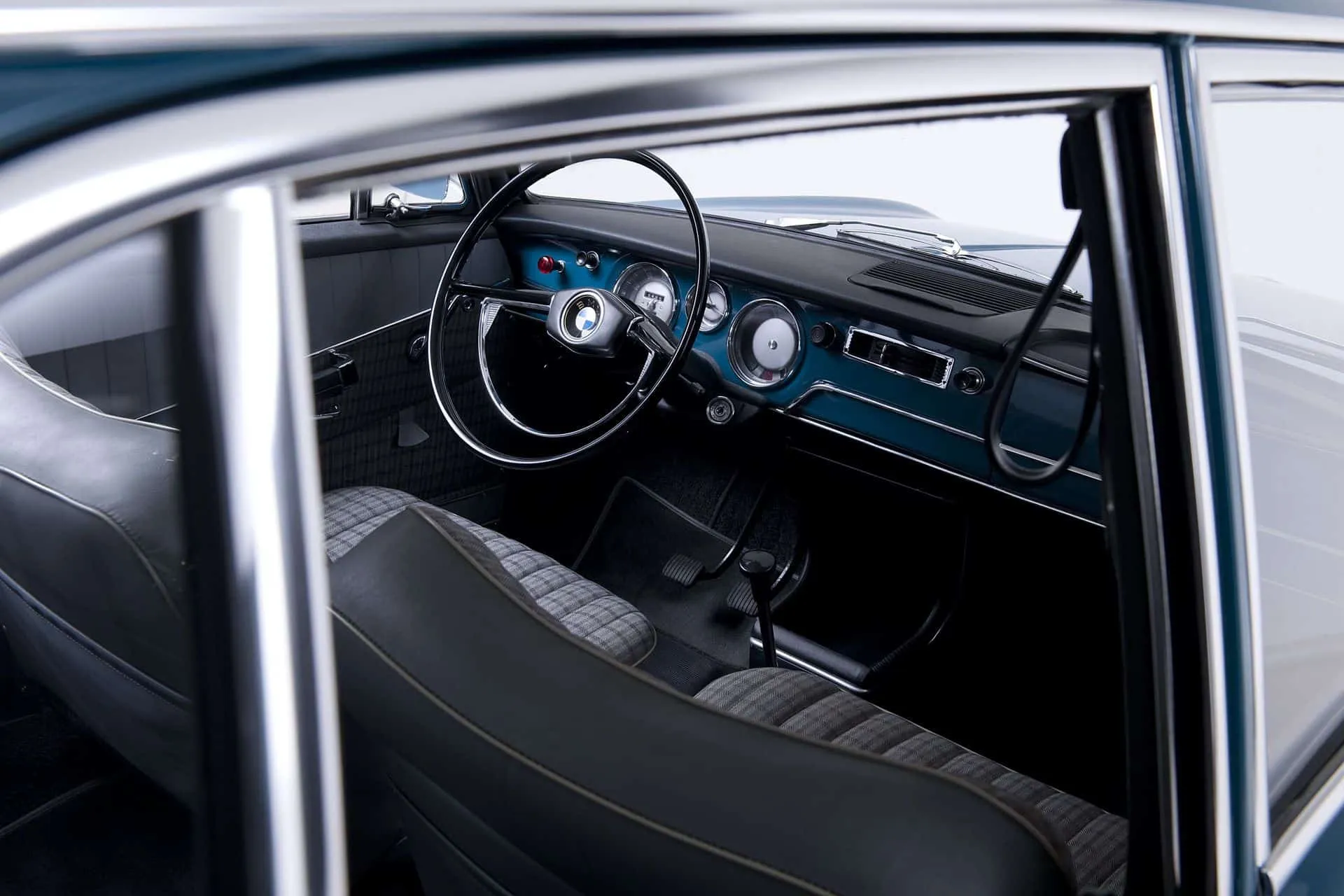
O BMW 1500 was more than just a model. It was a milestone in BMW history, setting a standard for the future of the brand. The introduction of the double kidney on the front grille, which would become a visual icon of the brand, and the Hofmeister column at the rear were just some of the design innovations that have lasted across all of the brand's models.
The model also showed the potential of expansion and versatility of the 1.5 liter engine, which would be used in Formula 1 racing in the 80s, with BMW's M10 turbo engine winning world championship titles.
In terms of sales, the BMW 1500 was an absolute success. Between 1962 and 1972, more than 339,000 units were sold, helping to BMW to triple its sales and consolidate its position as a car brand sporty and accessible. This also paved the way for the future Series 5, launched in 1972, which would become one of the brand's most emblematic models.
The Legacy of the BMW 1500 Today (2025)
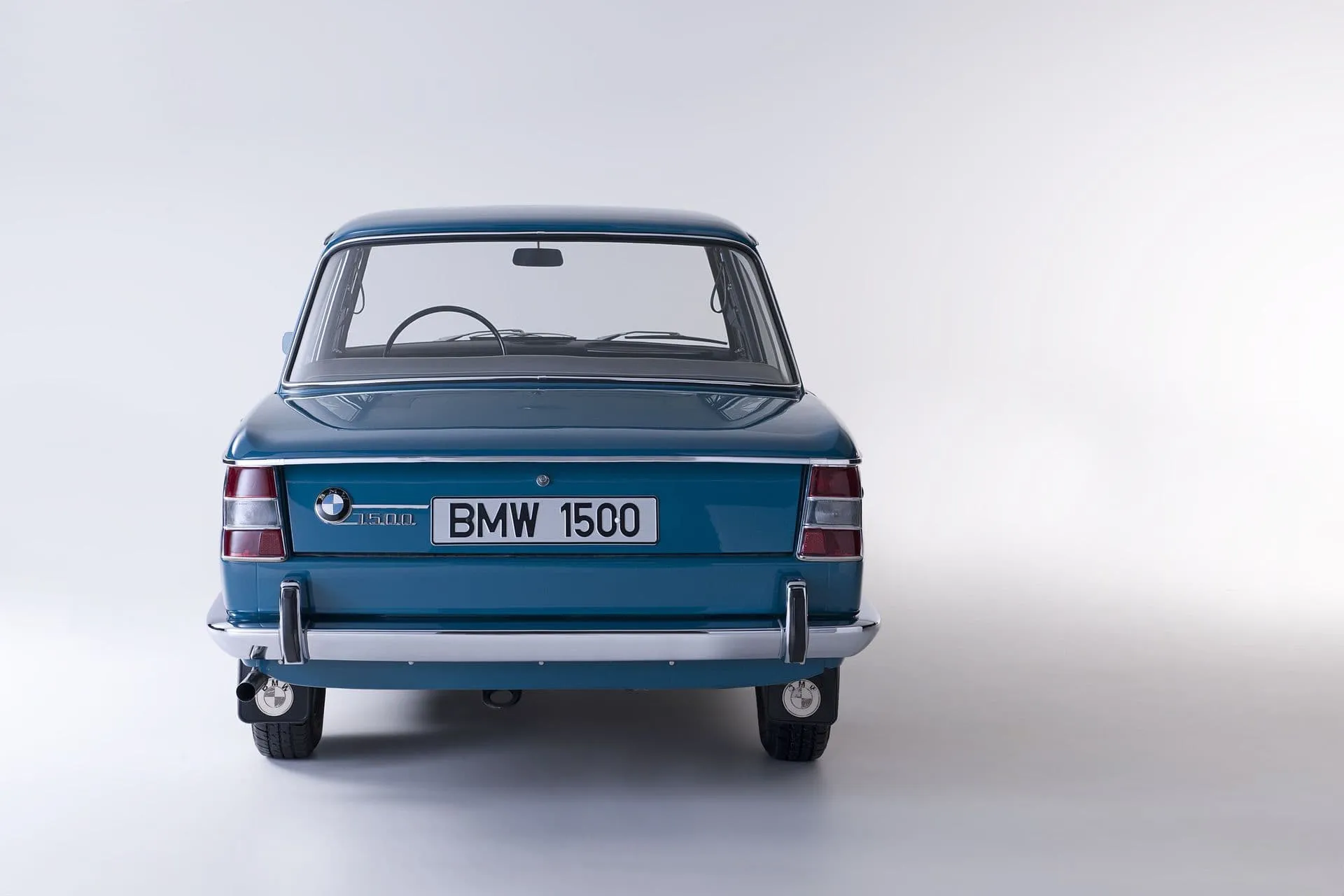
Today, in 2025, the BMW continues to be a reference name in the market sports and luxury cars, but the BMW 1500 remains a fundamental milestone in the brand's history. Its legacy is visible not only in the design and mechanical innovations it brought, but also in the way the BMW positioned itself as a brand capable of uniting Lux, sportsmanship It is accessibility.
O BMW 1500 continues to be remembered as the rebirth of the brand after its financial crisis, and its contribution to the brand evolution and the automotive industry is immeasurable. The BMW that we know today, with its Series 3, Series 5 It is Series 7, among others, owes much to the success of BMW 1500 and to the principles which he established: functionality, performance and driving pleasure.
In a market that increasingly invests in innovation and technology, the spirit of BMW 1500 still lives on in the brand's modern cars, such as the BMW M4 2025 or the future BMW i4 2025. Both continue to emphasize the strong sporting tradition of the brand, while incorporating cutting-edge technologies such as electric and hybrid motorization.
The BMW 1500 was the car that really transformed BMW into a brand globally recognized for its ability to create cars that are not just functional, but also exciting to drive. With the launch of models such as the BMW X5 and BMW M3 2025, BMW continues to show that, more than 60 years after the launch of the 1500, the search for pure driving pleasure remains stronger than ever.









